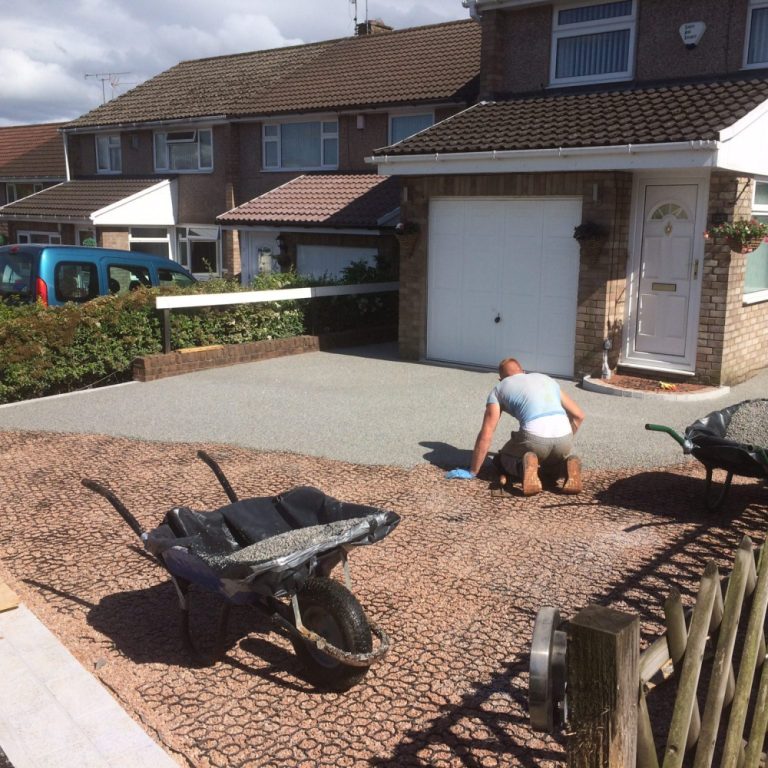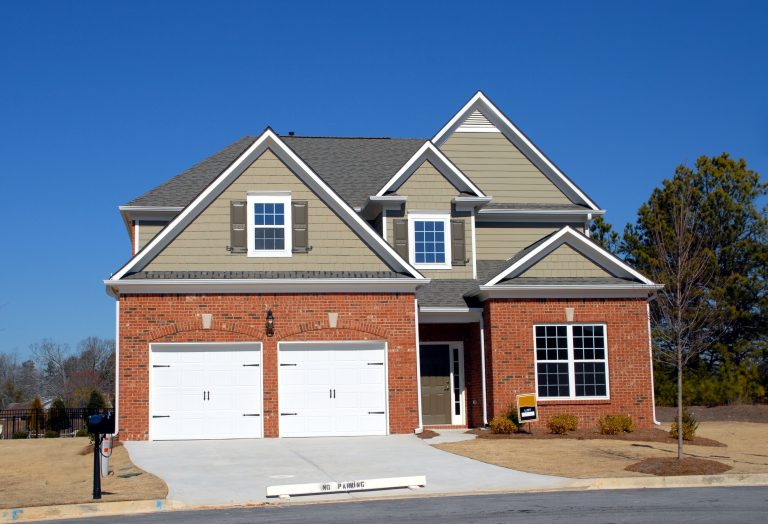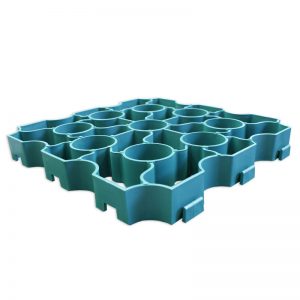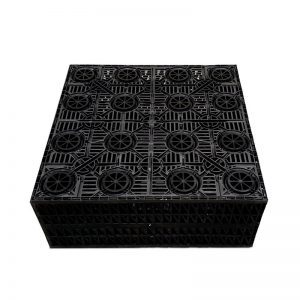
Gravel Driveway Grid
driveway legislation: do you need planning permission to install a driveway?
The legislation around laying a new driveway intensified following heavy flooding across the country in 2007.
The floods were exacerbated by non-porous driveways increasing the volume of rainwater flowing into storm drain and overwhelming the system.
As urbanisation increases the flood risk does the same.
The rule change also addressed pollution that was affecting wildlife and the wider environment.
This blog post takes a look at driveway legislation, planning permission and more.
do non-porous driveways need planning permission?
Concrete and asphalt surfaces are not permeable so the rainwater flows into storm drains as it cannot pass through the surface.
As a result, the local planning office should be contacted if there is a desire to install a driveway of over five square metres.
This is because flood risk increases with surface area.
The regulations mean that anyone laying or replacing a driveway must ensure that surface rainwater doesn’t flow onto public footpaths or roads.
Do permeable driveways need planning permission?
However, by implementing a permeable, SUDS-compliant solution, the need for planning permission can be avoided.
Water on permeable driveway surfaces soak through the surface and into the ground.
Because permeable driveways do not contribute to flood water, planning permission may not be needed – though checking with the local planning office is recommended.
Options for this type of solution include a gravel driveway or reinforced grass driveway.
Do non-permeable surfaces that feature redirection to natural drainage need planning permission?
If a non-permeable surface is laid, it is not always needed to obtain planning permission if the rainwater runs off naturally to lawns or borders.
An area of the garden can be formed in order to collect and store rainwater before it soaks into the ground, such as by using SUDS-compliant soakaway crates.

Gravel Driveway Grid
Other reasons you need planning permission
There are other scenarios that planning permission for a driveway:
If you are changing visibility on your road: This might include removing or adding trees, walls or gates. If the changes adversely affect drivers’ visibility, planning permission is needed.
If you need to add in a drop kerb: If the driveway is expanded, a drop kerb may be needed. However, residents cannot change the pavements or roads at their choosing, and the local council needs to be consulted for planning permission.
If you are making changes to a listed building: The need to protect also affects planning decisions. The property must not fall under Article 4 directions and local councils have the ability to intervene on planning decisions for a variety of reasons.
Solutions available to avoid the need for planning permission
There are a range of solutions available to avoid the need to seek planning permission from the local council.
Permeable or porous surfaces
The simplest solution is a surface layer of resin bound gravel over a driveway sub-base.
Resin bound gravel allows rainwater to drain away naturally. With a wide range of colours available it can be suited to match nearby buildings.
Permeable paving is a lightweight, strong and porous solution that is highly attractive, long lasting and highly effective at reducing surface water.
X-Grid is the ultimate gravel grid system with a load capacity of 428 tonnes.
Natural drainage solutions
It may be possible to simply to allow run-off into lawns and flower beds. The rainwater can be sent from the driveway to a garden to collect, store and slowly allow rainwater to soak into the ground or flow to the drains, such as soakaway crates.
RecoCrate are recycled plastic crates for soakaways, attenuation and storm water management. It can be used to collect as much water as possible by using a non-permeable membrane to prevent liquid from escaping.
conclusion
Installing a non-porous driveway will need planning permission to be obtained from the local council – a rule which was implemented after the 2007 floods.
Permeable driveway are good for the environment and are unlikely to need planning permission. It reduces the risk of flooding and reduces costs in the long-run.
Rain water saturation can also be avoided by diverting the rainfall. This also means that planning permission is not needed.
A range of solutions are available including permeanable driveway solutions – such as X-Grid – and natural drainage alternatives, such as Soakaway Crates.
To find out more information call us on 01246 418144.
Alternatively, contact us on webchat or email us here.

Gravel Driveway Grid








